As part of the series on different tools and means for making your craft brand grow, in this third post we stop to take a look at the importance of implementing a good B2C strategy in order to capture and build loyalty with the consumer.
In addition to craft beer marketing in general, and the platforms that enable us to have a bigger online presence and generate direct contact with the user, it’s essential to use a number of marketing mechanisms to establish ties with our customers.
However, and first of all, it’s important to analyse what B2C is and how it works in the craft beverage sector.
B2C in the craft sector
B2C are the initials of a very high-profile term in marketing: “Business-to-Consumer”, in other words sale to the end consumer, in this case of craft beverages.
Compared to B2B (Business-to-Business, which focuses on business operations), B2C should appeal to people’s more emotional side; so it’s important to define a good strategy for success that arouses the interest of the buyer.
Regardless of whether we’re just starting out or whether we’ve been in the sector for a long time already, it takes considerable time and effort and, at the same time, is critical for achieving our sales and marketing objectives.

However, with B2C we will be able to form closer relationships with our target market by expanding market niches and achieving closer and more fluid communication that offers and provides a personalised service, as well as products based on each customer’s tastes and preferences.
How to map out a B2C strategy for craft beverages
1. Identifying the customer and constructing the buyer persona
In the first place, we have to create what is known as the buyer persona. To do so, we need to do a very thorough analysis that will give us an understanding of the profile of the average buyer.
Consumers in the craft segment tend to correspond to a general profile of people with an average level of education who enjoy outdoor activities, and the majority are Generation X or Millennials. They love to experiment with new flavours and to interact socially and be faithful to their favourite brands and beverages.
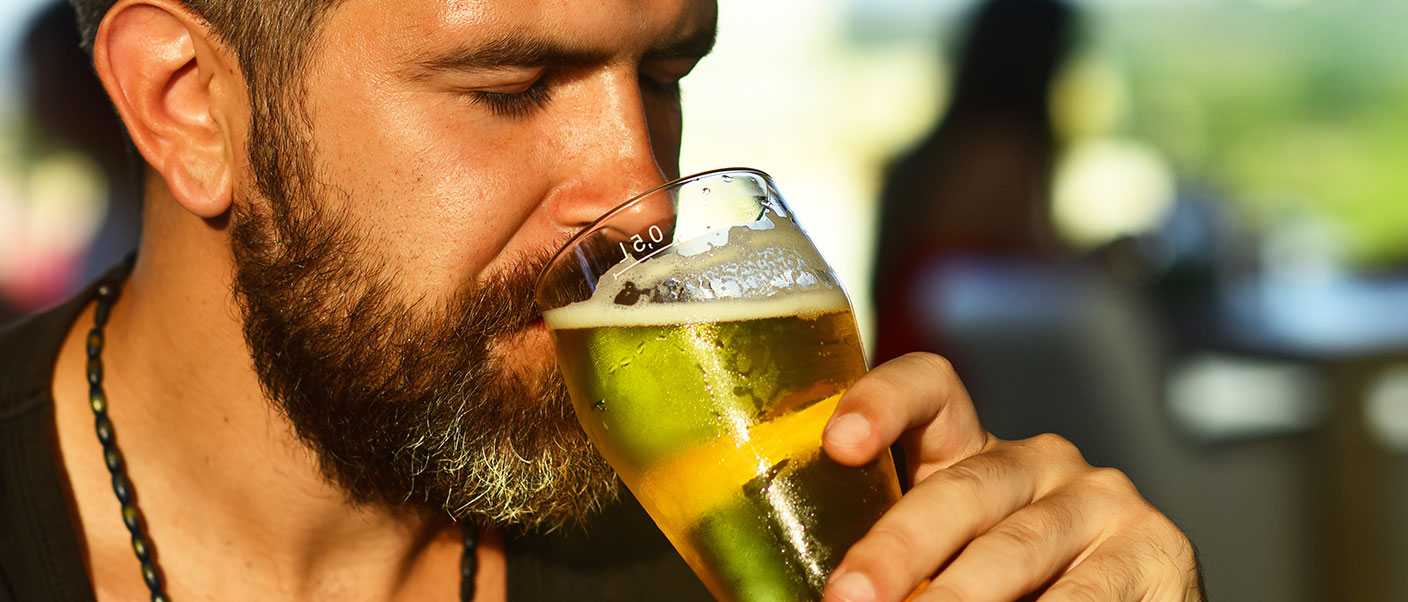
2. Conveying the brand message
It’s essential for the craft beer and craft beverage industry to develop a type of storytelling that gives a step-by-step account of the philosophy and entrepreneurial spirit behind a specific brand, as well as its history and the specific characteristics of its products.
This will humanise the brand.
3. Identifying the brand
Once we have a clear idea of what we want to convey about our brand, it’s important to put in place a comprehensive strategy to make our users aware of it.
The design of the logo, packaging, taps, merchandising/POS or marketing displays will make up this entire stage, which will give our brand a distinctive and unique image.
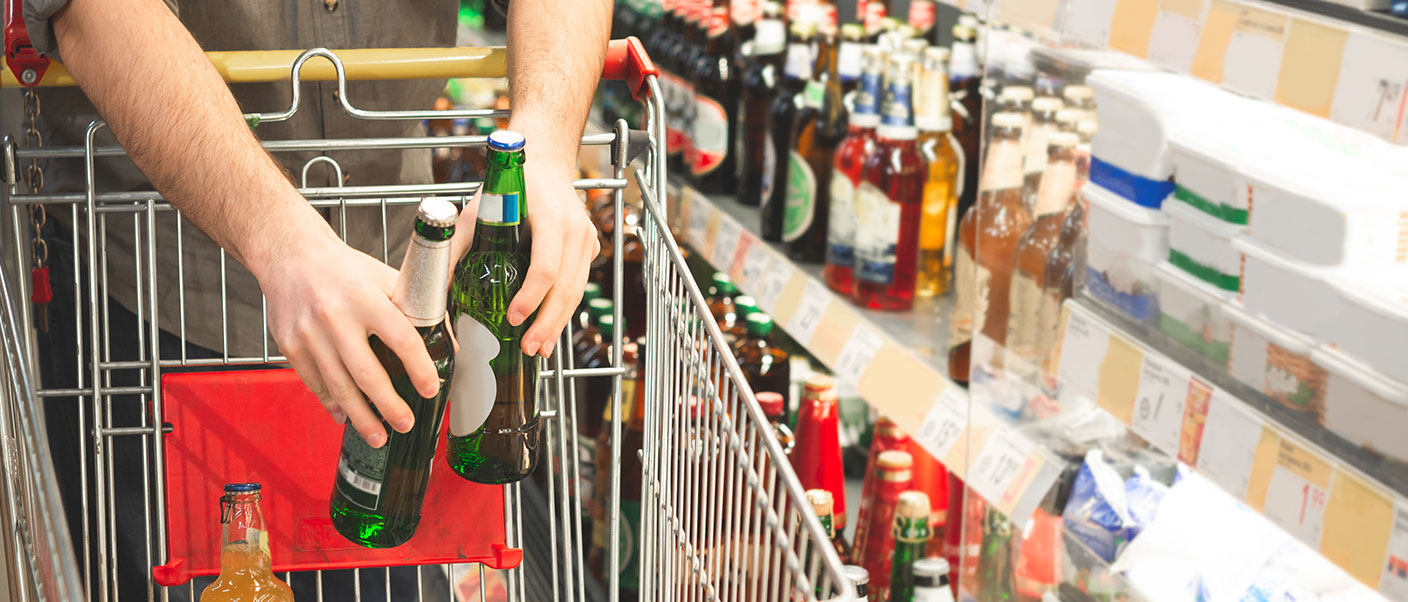
4. Quality of the product
If there’s one important area that we need to safeguard within a B2C strategy for craft beers or beverages, it’s the provision, distribution, supply and constant quality control of the products.
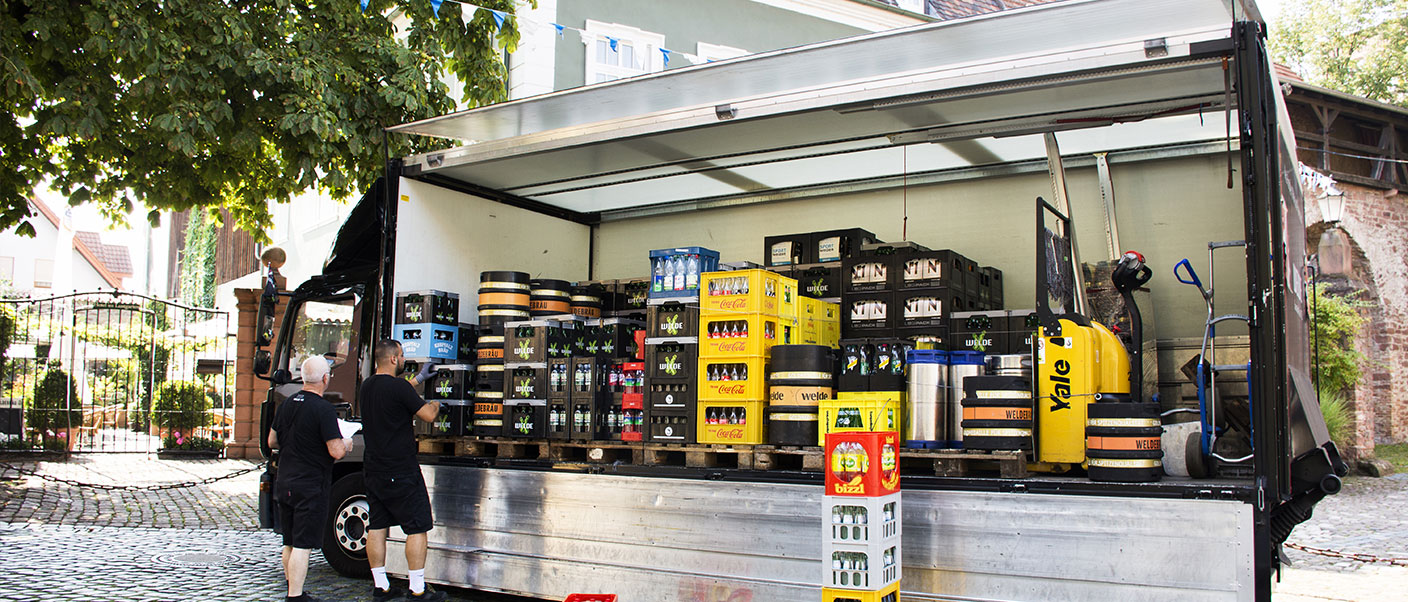
Pursuing and maintaining a controlled balance between demand and our growth as a business is key.
Sometimes it’s better to limit our expansion in order to supply and provide quality service.
5. Relationship with the consumer
If we want to round off a successful B2C strategy in the craft sector nowadays, it’s important to define how it will be managed, both offline and online.
In digital management, social media are fundamental for responding instantly through the SAC.
As regards traditional marketing actions, both event organisation and experiential marketing, they will boost the feedback we need, as well as direct and close contact between the end consumer and the brand.
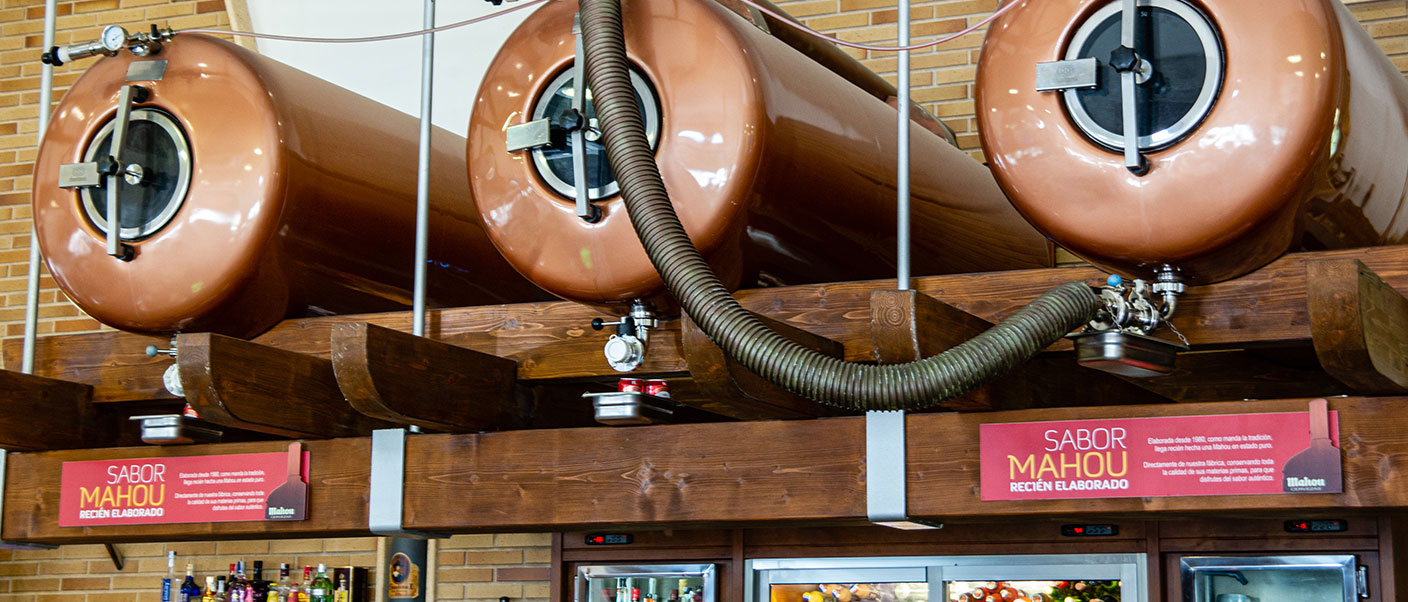






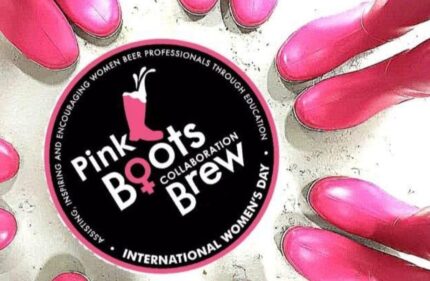



Comments